A Gilded Beginning with Cracks in the Frame
Picture sunlit hills outside Santa Barbara, horses in the pasture, and a sprawling ranch buzzing with old-money rituals. That’s where Edie Sedgwick arrived on April 20, 1943—born into privilege, but not into peace. Behind the manicured hedges, life ran on pressure and perfectionism. Her father’s fragile mental health and the family’s rigid expectations shaped a childhood that looked glossy from a distance and felt complicated up close. Edie, seventh of eight children, learned early how to dazzle and how to hide—two skills that would later define her meteoric rise.
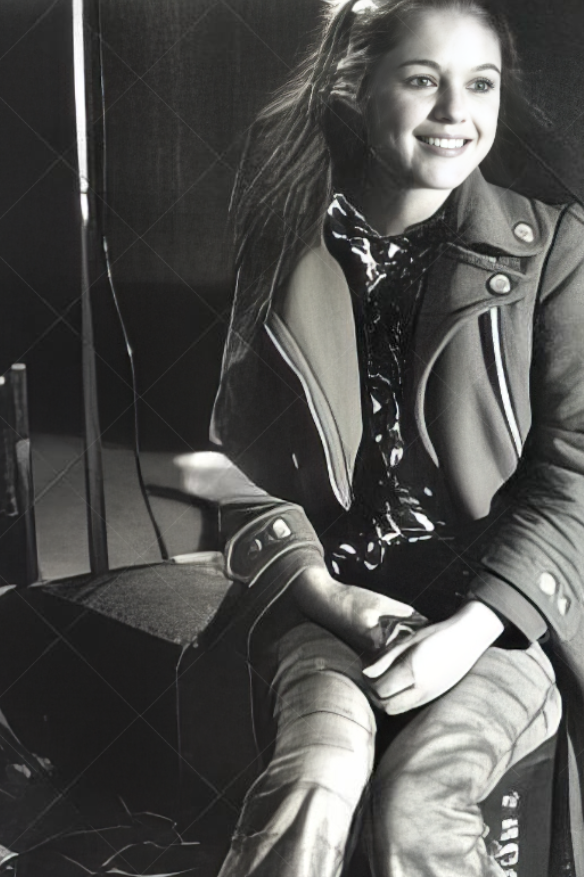
Art School Detour, Big-City Destiny
Edie flirted with the “proper” path—boarding schools, sculpture classes in Cambridge, studio work that smelled of turpentine and ambition. But let’s be honest: the canvas was too small, the frame too tight. New York City kept calling like a jazz riff you can’t shake. At 21, she answered. She arrived in Manhattan with a pixie face and a flint of rebellion, ready to trade family formality for loft parties, downtown galleries, and a new name in pop: Warhol.
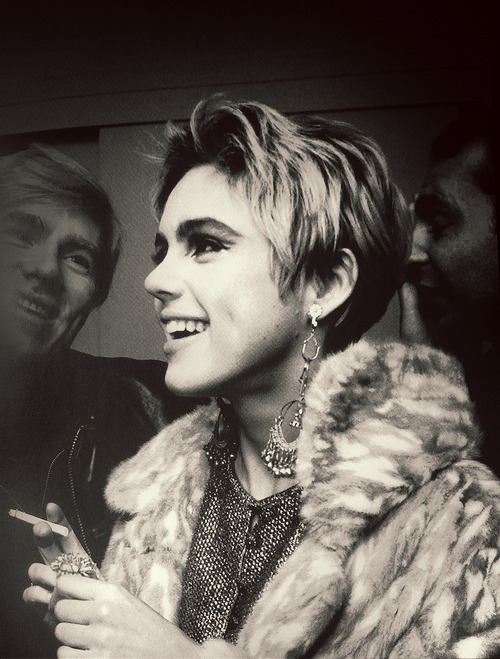
Lighting the Fuse at Warhol’s Factory
The moment Edie Sedgwick walked into Andy Warhol’s silver-wrapped playground in 1965, the temperature changed. The Factory thrived on friction—artists, outsiders, night creatures—and Edie held the room like a magnetic field. Warhol saw a living artwork: cropped blonde hair, saucer eyes rimmed in kohl, and a voice that made boredom sound glamorous. She became his camera’s North Star.
Video : Edie Sedgwick: The Fallen Heiress of a Doomed Dynasty
Film Without a Script: When Presence Was the Plot
Warhol’s films weren’t about plot; they were about personality. Edie turned that into a superpower. In Poor Little Rich Girl she simply “was”—waking, wandering, talking to the lens with a hypnotic mix of candor and tease. In Vinyl and Chelsea Girls, her vulnerability flashed like chrome in sunlight—cool at first glance, warm when you leaned in. No lighting trick could outshine what she did naturally: make stillness electric.
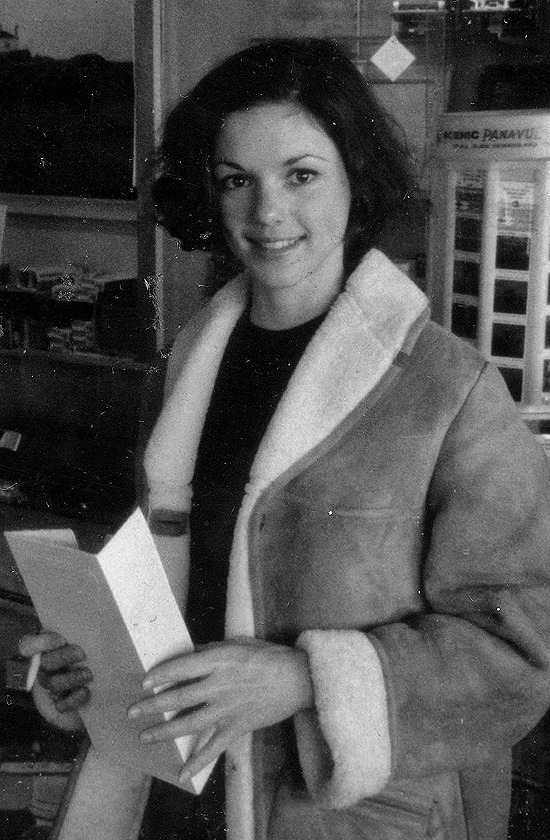
It-Girl Uniform: The Wardrobe That Rewrote Cool
If the 1960s had a dress code, Edie helped write it. Black opaque tights, leotards, mini dresses, chandelier earrings you could hear before you saw, a fur tossed over a tee, ballet flats with borrowed pearls—she mixed uptown polish with downtown nerve. Vogue called her a “Youthquaker.” Designers took notes. Betsey Johnson adored her; stylists chased her silhouette for decades. That cropped platinum cut and graphic eye makeup? Still mood-board staples. Her secret? She didn’t “style” herself—she edited. Every piece said speed, freedom, and don’t-wait-up.
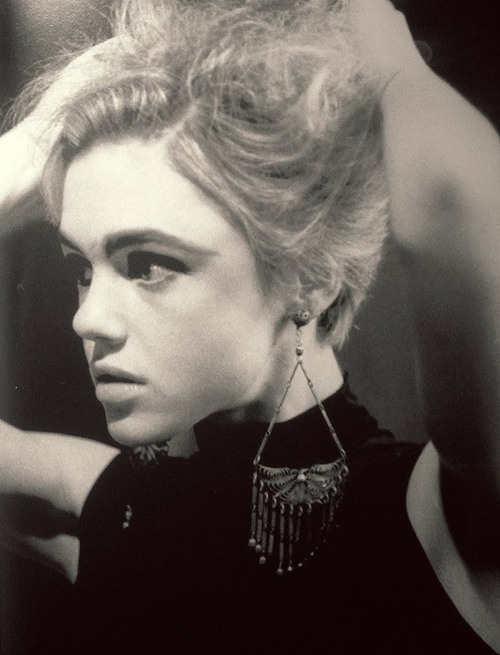
The Scene: Songs, Rumors, and a Spotlight That Burned
Edie didn’t orbit fame—fame orbited her. She was the girl everyone talked to at Max’s Kansas City, the face musicians wrote about and the name whispered in backrooms. Lou Reed’s “Femme Fatale” became an unofficial biography-in-three-minutes. Rumors linked her to Bob Dylan and his circle; photographers built careers on catching her between blinks. But attention has a tax. The faster the nights spun, the easier it became to confuse applause with affection.
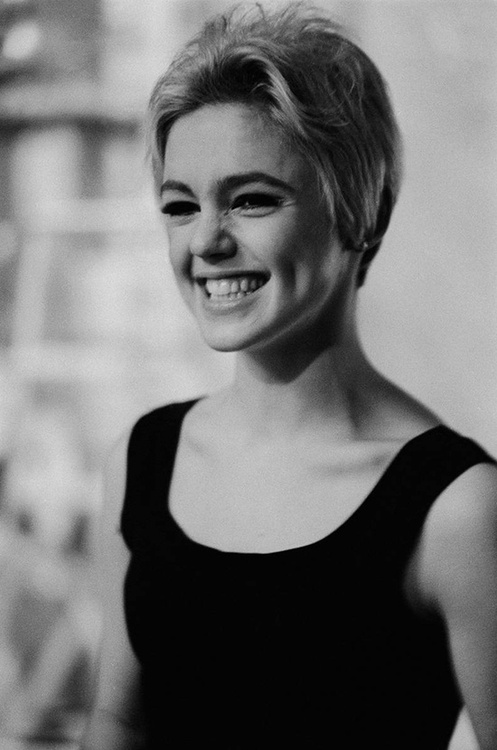
Falling Out of Orbit: Breaks, Breakups, and the Bill for Excess
By 1966, the shine with Warhol dimmed. Creative friction and money issues tugged the bond until it snapped. The parties got later; the wake-ups got harder. Edie’s reliance on amphetamines and other drugs turned the volume down on her radiance and up on her worry. She tried Hollywood, where Ciao! Manhattan blurred fiction and diary—its sun-bleached melancholy echoing her own. You could feel it on screen: a star wrestling her script in real time.
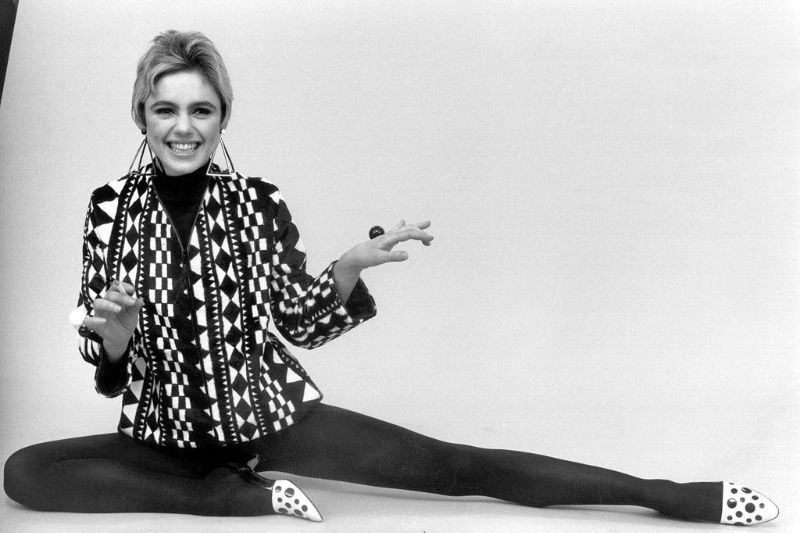
Attempts at Reinvention: Home, Hospitals, and Hope
Sedgwick was more than a headline—she was also a daughter, a sister, an artist trying to reset. Between hospital stays and treatment programs, she sketched, journaled, and talked about a clean slate. In 1971 she married Michael Post, a quiet, tentative “normal” after years of neon. For a brief, tender stretch, it looked possible: calmer days, fewer ghosts. But recovery rarely moves in a straight line. On November 16, 1971, at 28, Edie Sedgwick died from an overdose in Santa Barbara. The official note called it “probable accident.” The city felt colder for a while.
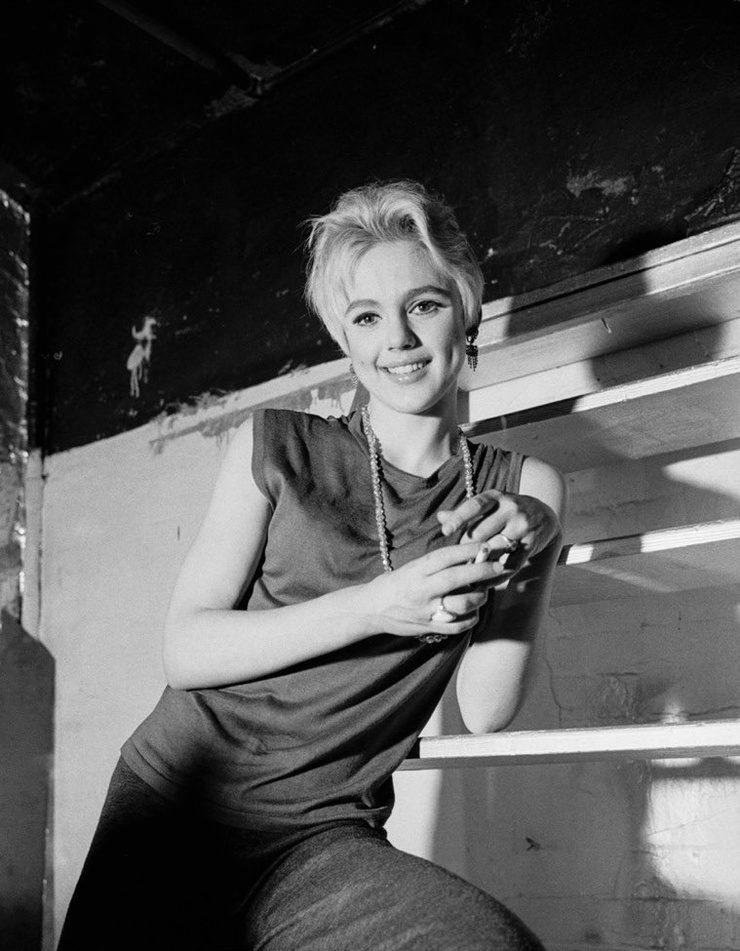
Why Edie Still Owns the Feed and the Runway
It’s easy to say “style icon” and move on. But Edie’s legacy runs deeper than a mini and a cat-eye. She made spontaneity aspirational. She proved that authenticity—even messy, imperfect, midnight authenticity—could be art. Designers still sample her: the mod proportions, the monochrome contrasts, the jewelry that refuses to whisper. Photographers chase her alchemy: open, enigmatic, present, elusive. Musicians keep writing about that kind of girl—the one who arrives like a siren and leaves like a myth.
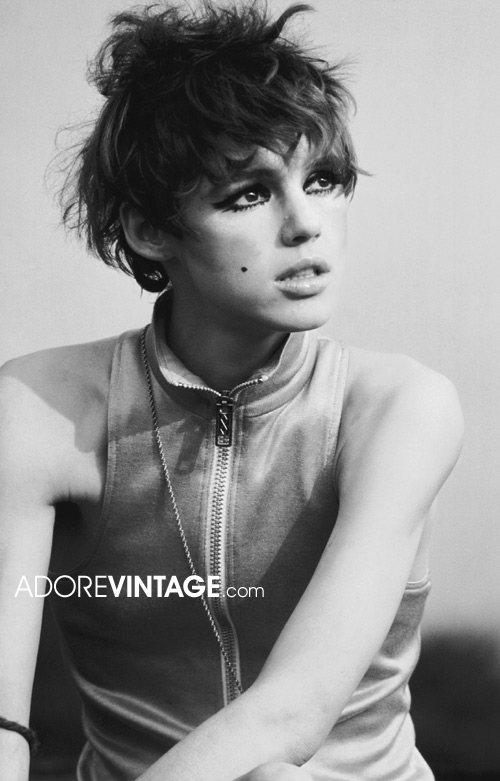
Cultural Afterlife: Books, Biopics, and Gallery Lights
Her story keeps reappearing because it refuses to resolve. Jean Stein’s oral history cracked open the family silences; later films reimagined her as the era’s mirror. Museum programs screen Factory reels to rooms full of students who weren’t alive when she was, yet nod as if they remember. Online, a thousand mood boards collage Edie into new contexts—proof that legends don’t age; they refract.
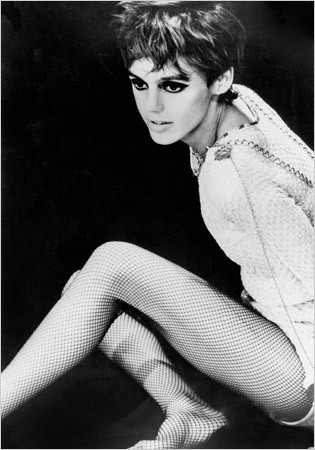
The Blueprint of an It-Girl—Decoded
What did she teach the generations that followed?
- Edit hard. Fewer pieces, stronger statement.
- Treat the camera like a confidant. Let it catch you thinking.
- Curate the room. Your orbit is your message.
- Protect the flame. Energy is currency—spend, but also save.
Video : Andy Warhol: A Screen Test Of Edie Sedgwick (1965) (AI Colourised)
What We Get Wrong (and Right) About Edie
People love the shorthand: party girl, muse, comet. The truth is more layered. Edie was disciplined when she created, generous when she trusted, and brave when she walked away from scripts that didn’t fit. Yes, there was chaos. There was also craft. Under the chandelier earrings was a mind that understood image as architecture—and built one that still stands.
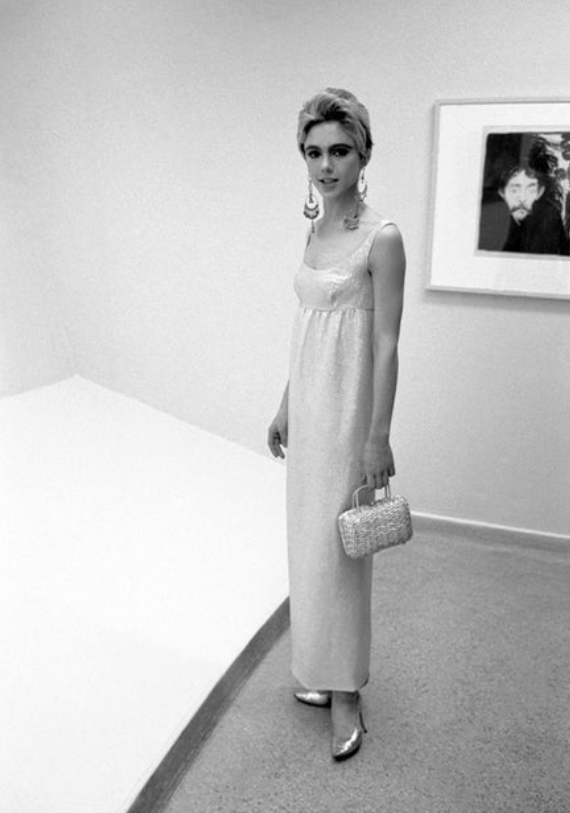
Edie Sedgwick’s Forever Moment
Here’s why she lingers: Edie captured a feeling—the first breath after breaking a rule—and wore it like a dress. She gave a restless decade a face, then left before the credits rolled. In that absence, the legend grew. We see her in every fearless fringe, every mini that claims a sidewalk, every candid that looks staged and every staged shot that looks like a secret.
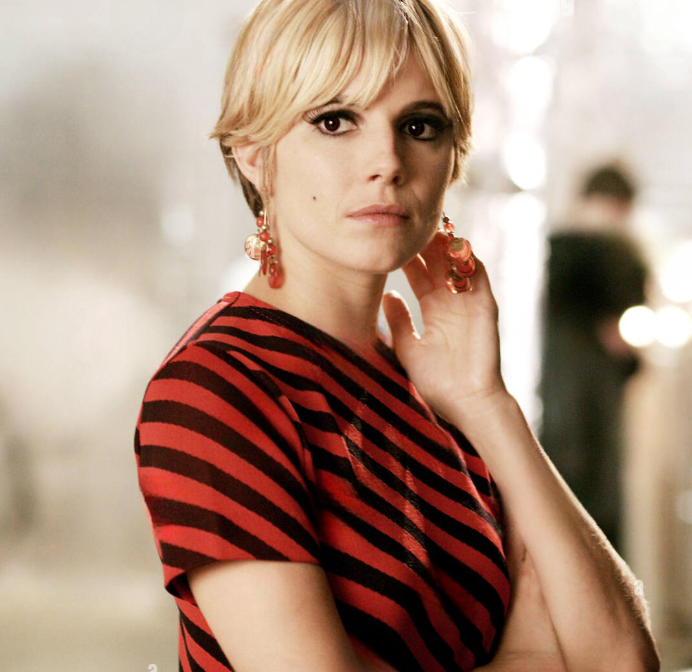
Conclusion
Edie Sedgwick lived fast, loved hard, and lit the fuse on a style that still sparks. From Santa Barbara’s bright corridors to Warhol’s silver rooms, she turned presence into performance and fashion into freedom. Her story is a reminder that beauty isn’t just what you wear—it’s how boldly you move through a world that wants you to stand still. She burned brief, yes. But she also taught us how to blaze.